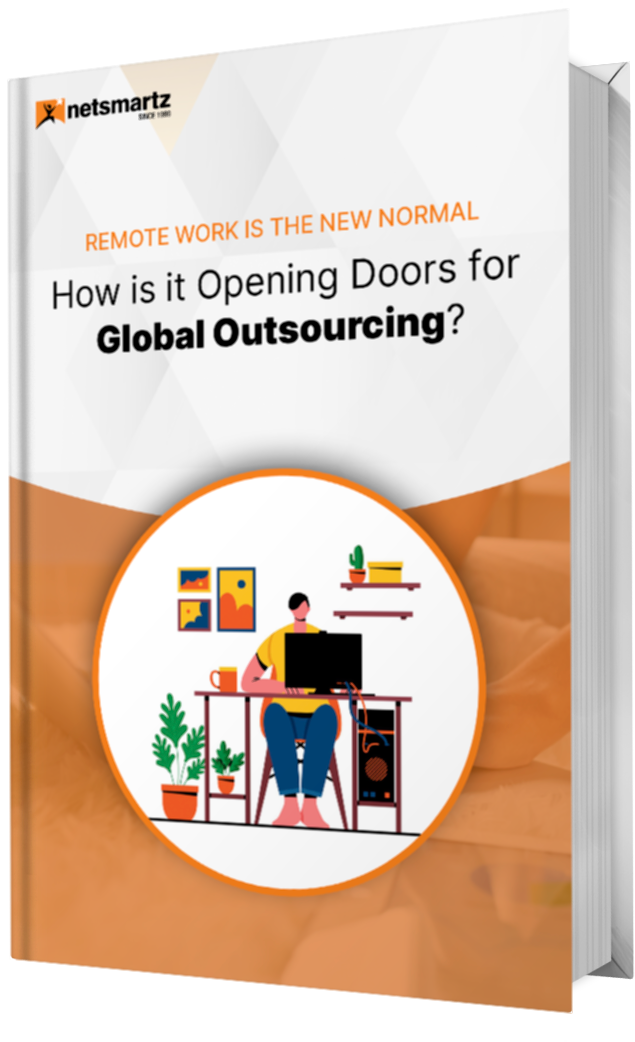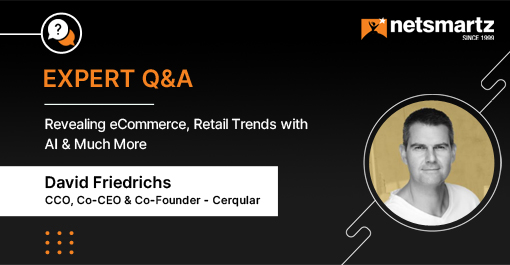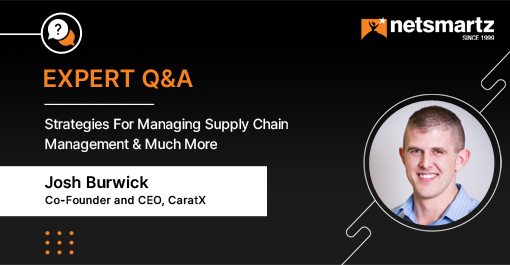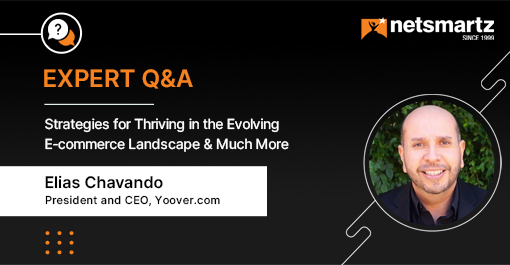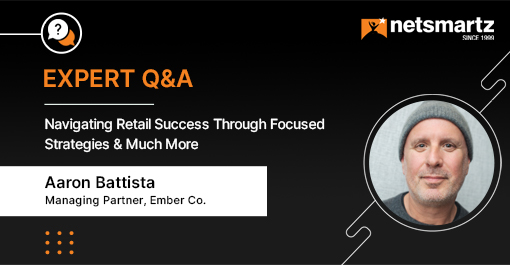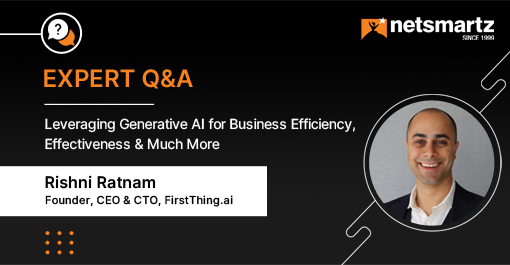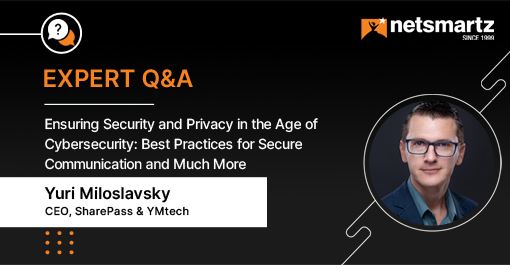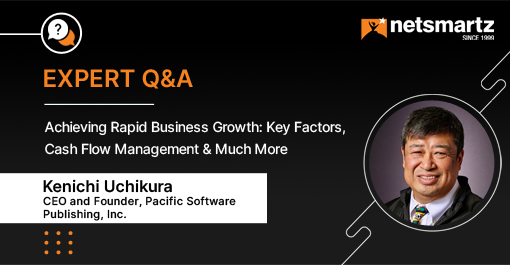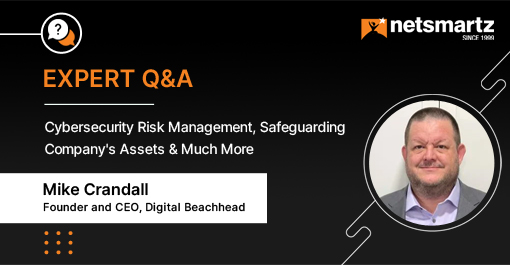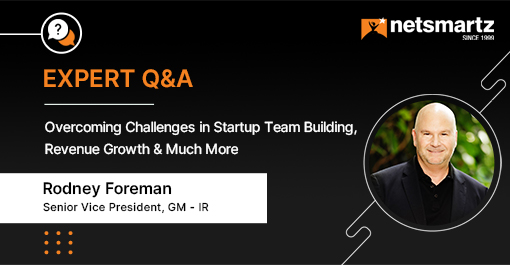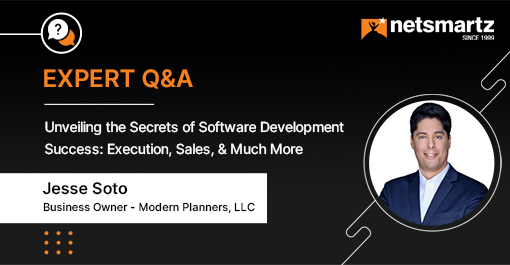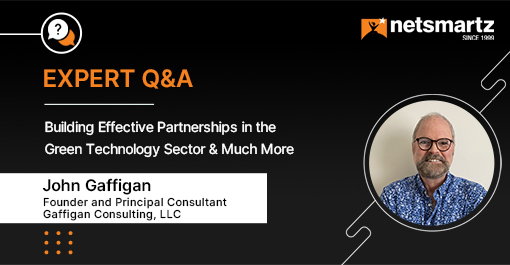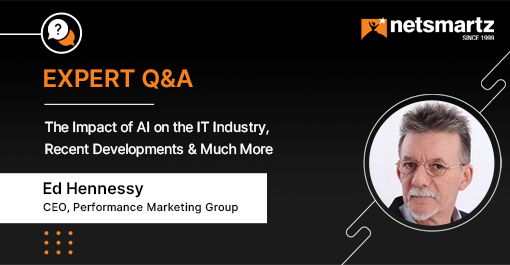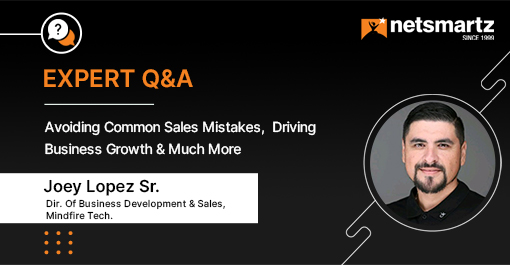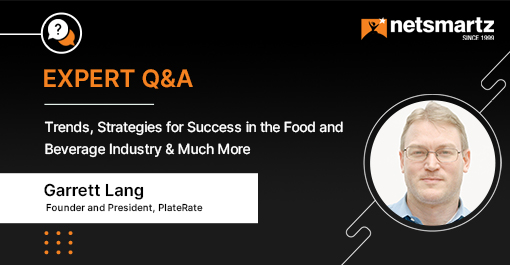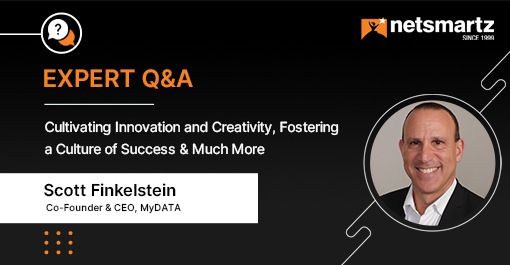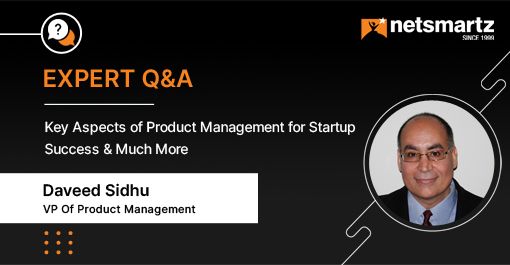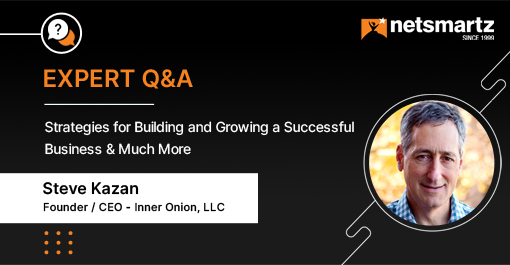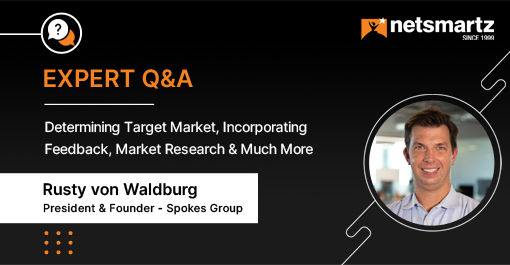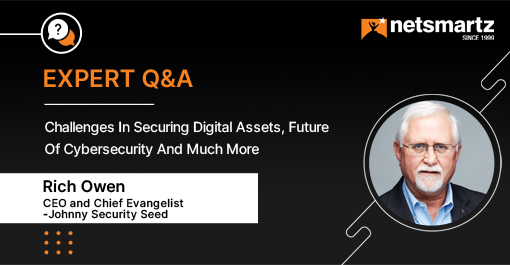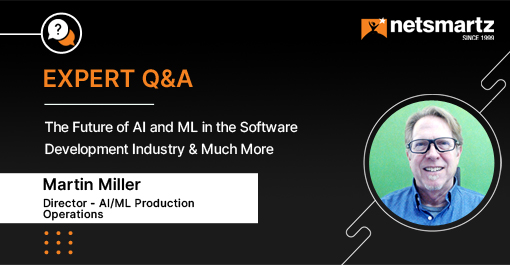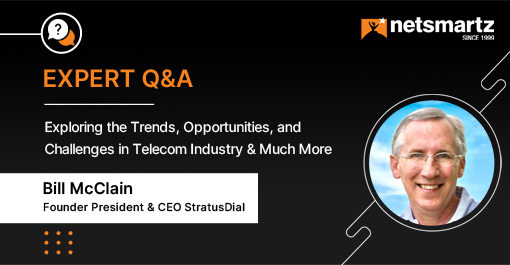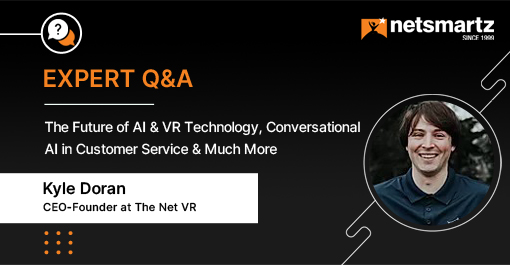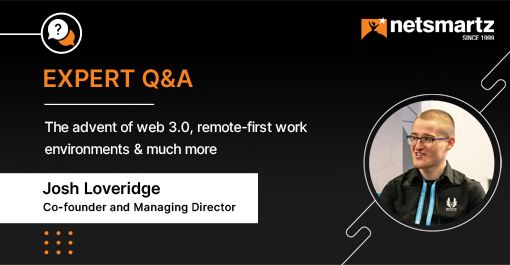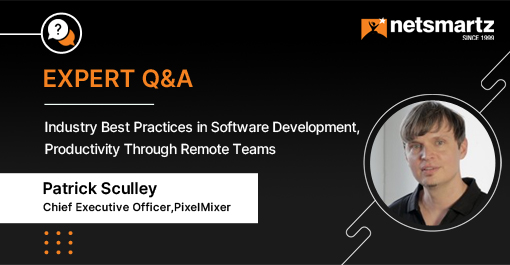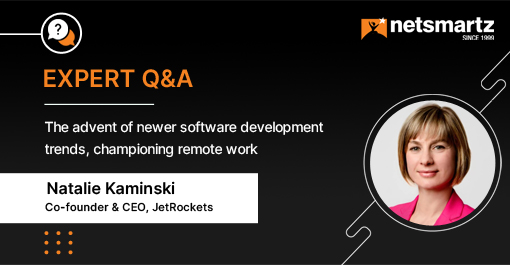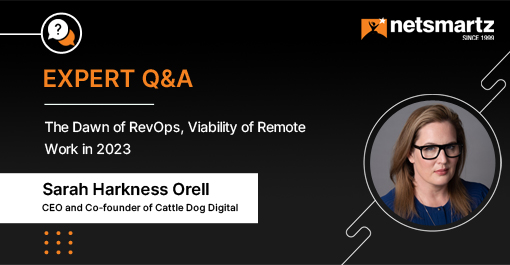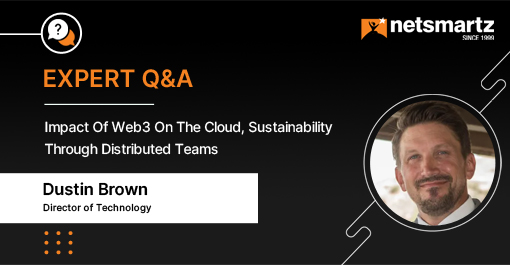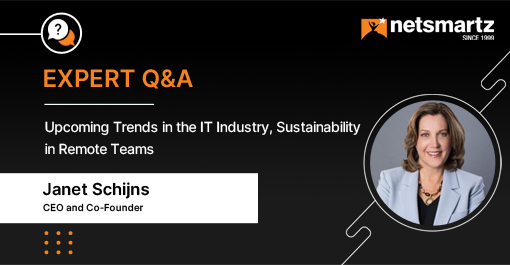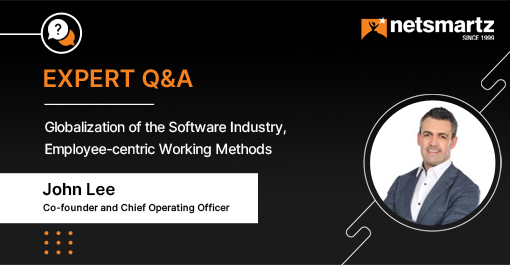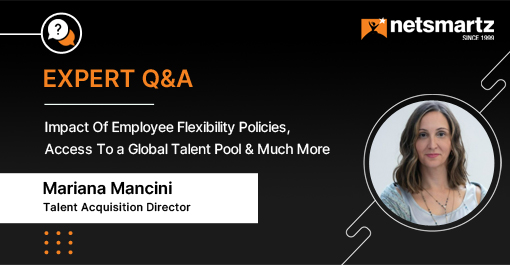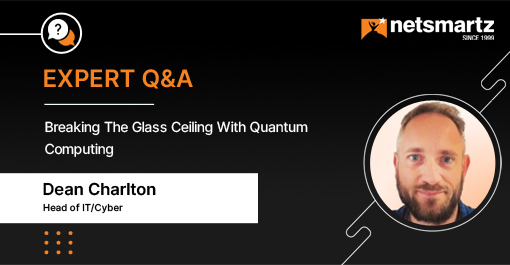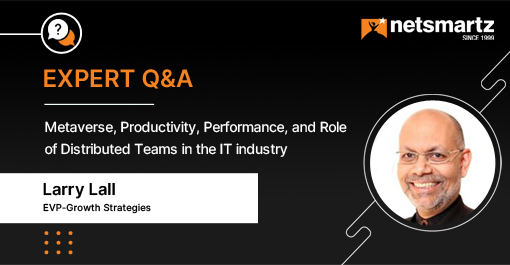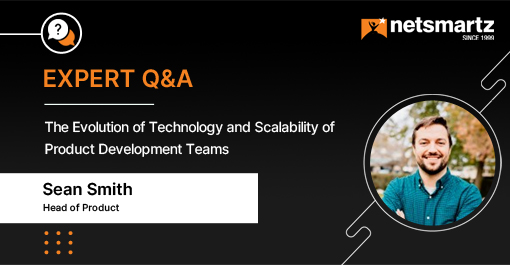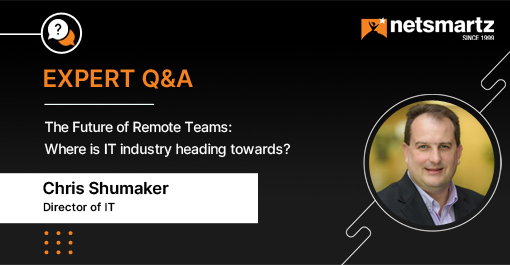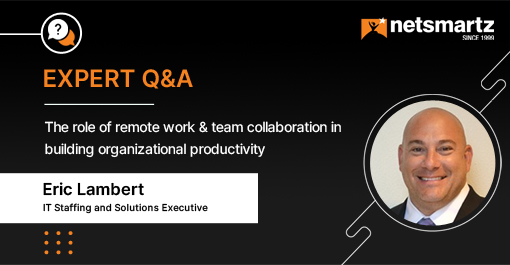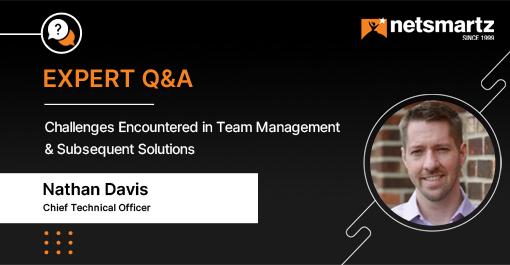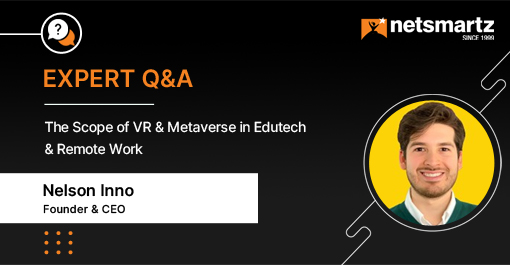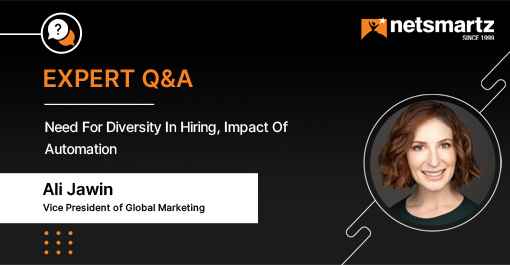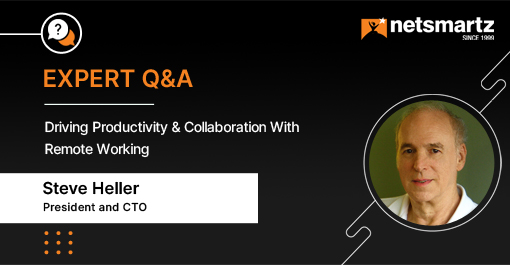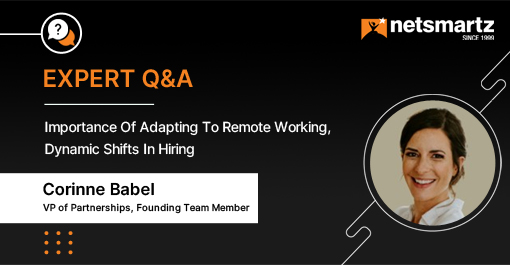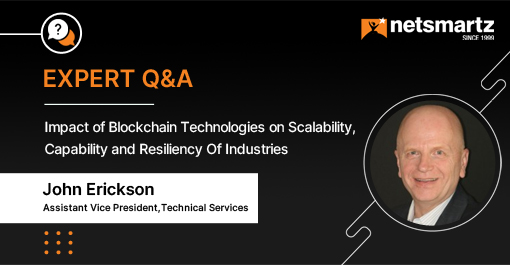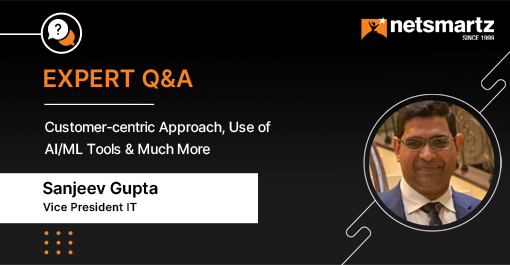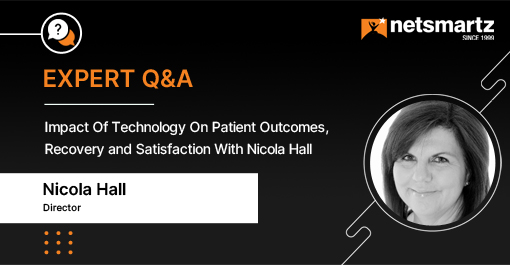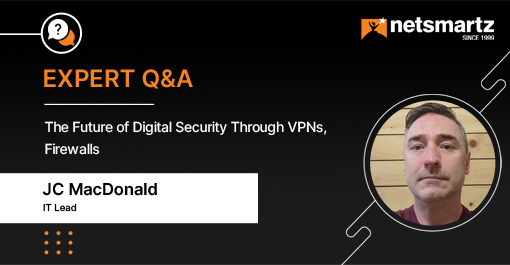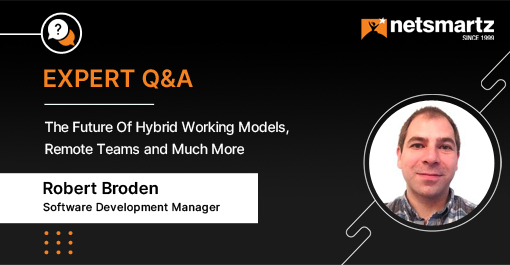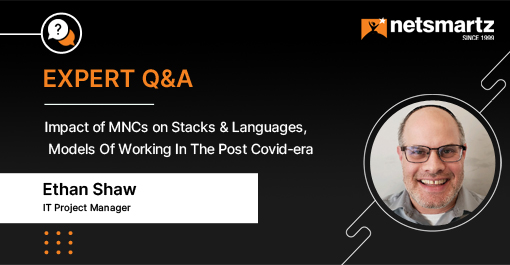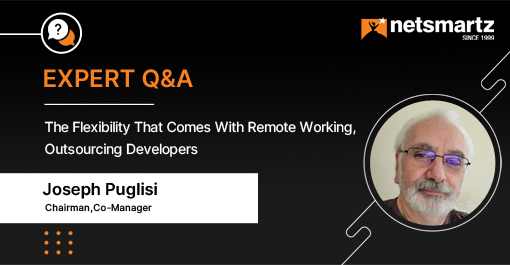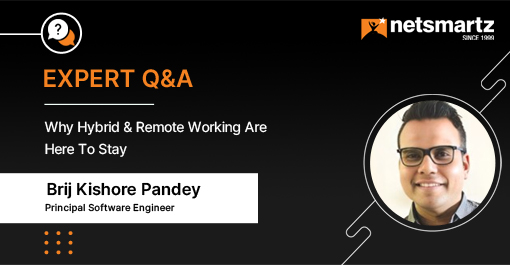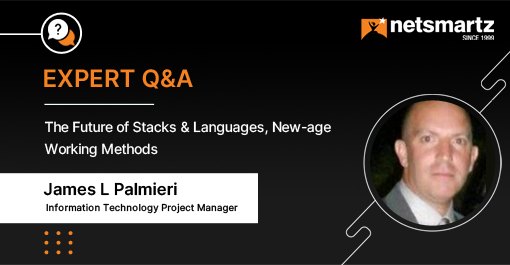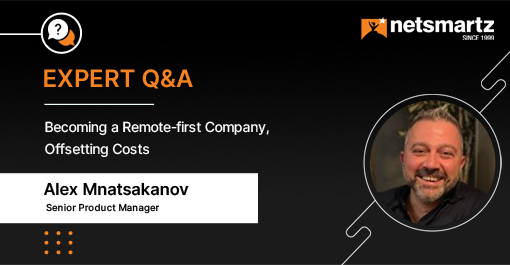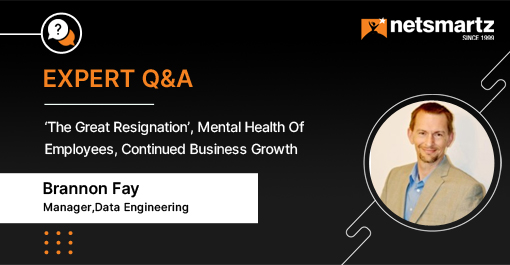The Collaboration between Talent Acquisition and Remote Working
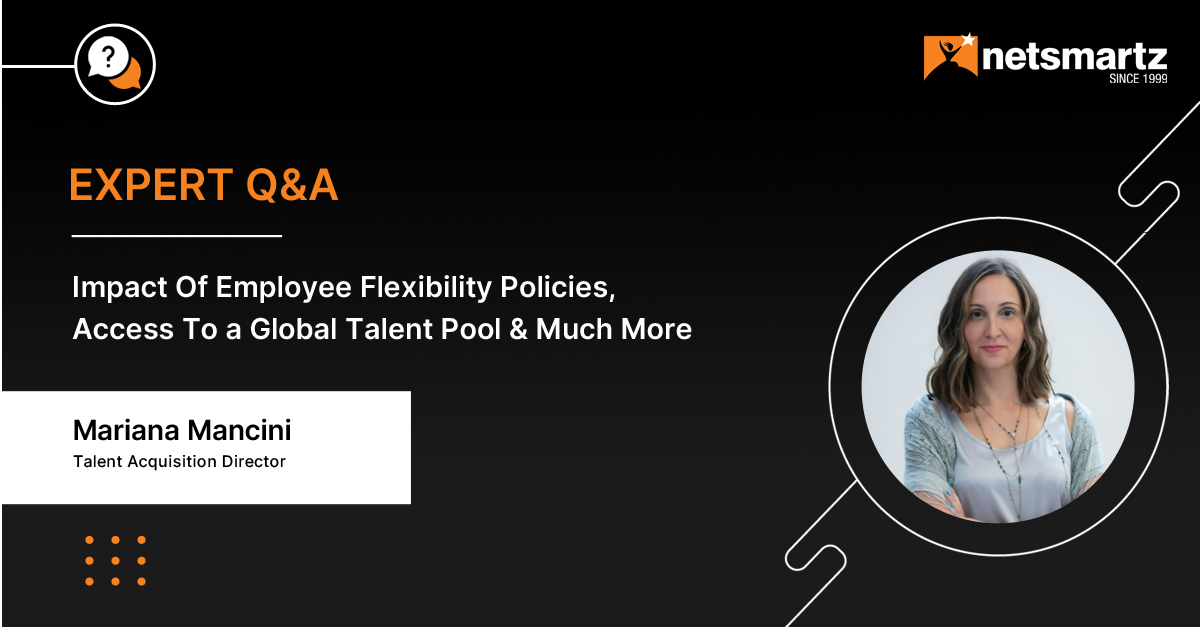
Talent Acquisition is an integral part of mapping an organisation’s road to success but with changing times, there has been a constant debate as to whether hiring remotely or in hybrid work models is just as beneficial as hiring employees to work on-site.
To bust some myths and shed light on the same, we got in touch with Mariana Mancini, a Global Talent Acquisition Specialist and heard her two cents.
Scroll down to check out what she has to say!
Want to contribute to our expert insights?
Contact Us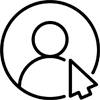 About Mariana Mancini
About Mariana Mancini
Mariana has 10+ years of experience in Human Resources leadership roles, directly giving service and leading teams of Business Partners and discipline specialists to support Businesses and Functions. Along with that, she has a deep knowledge of Talent Acquisition: Recruitment Marketing, Talent Attraction, Employer Branding, Sourcing, Screening, TA Technology, Candidate Experience, and next practices in these fields. She is constantly working to create, change and/or improve people practices (especially those related to Recruiting, Hiring, and Talent Acquisition) to be inclusive and foster diversity and equity.
1. As a Talent acquisition specialist and someone who is deeply ingrained in the market, what trends do you see shaping the future of work? How is the future of work changing?
Candidates don’t look for jobs anymore, they look for careers. And they want to be seen as the people they are, not just the employees they can be. Now, everybody is talking about how a recession is around the corner. And, while companies might think that a more “humanized” EVP does not matter that much in a recession scenario, I tend to disagree: skills that are high in demand today are likely to remain high in demand even in a scenario of recession. So the candidates that everyone needs the most won’t likely change their minds about employment, and every company needs to do a good job showing how their promises align with the expectations of the people they strive to attract. Wellness is a trend that is here to stay. Physical, mental, and financial wellness, if not yet prioritized by employers, should be if they want to remain competitive. Mental health benefits and policies, digital wellness assistance apps, workplace flexibility, financial wellbeing (retirement and health savings plans, and other preventive actions to help increase financial security). Skills-based hiring. When you hire for skills and not for degrees or experiences, you include a much more vast, diverse and capable talent pool. It doesn’t matter what you can’t do, or what you didn’t study; all that matters is what you can do, what skills you can transfer, and how much you can learn and are willing to learn. It all starts with hiring, but hiring is just a piece of a new, equitable and inclusive total talent management skills-based system. Choice is the name of the game. Hybrid? Remote? Office-based? Should be MY choice. I know people who like to go to the office because they live in a hot climate and don’t have air conditioning at home. Whatever the reason is, people appreciate having the choice of where to work, who to work with, what to work on, and how to do their work. Giving employees the choice is a great way to show (and not just say) that you trust them. Employees are adults, they will not take a job to play or to pass the time (and, frankly speaking, if they do, you might as well just find it out as soon as you can). Freelance work, gig work, self-employment. I don’t think my kids will have one employer as I do. I think they will have many. Very different work arrangements and ways to develop, grow, leave a mark in the world, and earn a decent family income.2. As a Global Talent Acquisition Center of Expertise Director at Dow, what strategies do you follow when hiring a remote worker? To that note, is remote working sustainable? And how does workforce planning feature in it?
The main strategy to hire a remote/hybrid worker is to attract them first. To attract them, we need to show our reality. During the pandemic, we created a flexibility policy that we call Design Your Day (DYD): employees should be able to plan each day in terms of work location according to their role and needs. The essence of DYD is to be together with a purpose. Dow is a company with a very large footprint, so many of our employees have a physical location to go to that is close to where they live. And being able to choose where, when and why they go to this physical office is a great signal of trust in our workforce. So we bet on, essentially, the hybrid work environment. This flexibility ingrained in the work model is an attraction factor in the new world of work, so we are sure to capitalize on our policy to attract the right talent. First of all, whenever we have a requisition, our Talent Acquisition team works with the hiring manager to explore alternative locations and DYD options. Our recruiters are ready to show, through availability data, the expansion/quality of the talent pool when considering a broader range for location. DYD has proven to be an important EVP factor for us, especially for roles in which we compete for talent with tech giants or very appealing companies. Regarding the question of whether remote work is sustainable, I am a firm believer that yes, it is. This doesn’t mean office-based working is not sustainable. I see my husband taking his training classes online just because he prefers the trainer that lives in a different city; my sponsee could have chosen several schools for her Masters but chose the one that offered remote learning to better accommodate her lifestyle; my calendar for next week is full of Zoom calls with US people that sit in the corporate headquarters and me living in Brazil is not an issue at all. To me, the remote environment is much more inclusive and levels the playing field for everyone. No more meetings after meetings or people side-tracking conversations in the meeting room – fair corporate game. And, by removing boundaries of location, the workforce planning is made starting with a much broader, diverse and qualified talent pool – increasing exponentially the choices we can make when we need to make decisions on talent.3. With your extensive experience in talent acquisition, what is the biggest challenge you face when hiring?
Right now it’s the fact that it’s a candidate’s market. They have many options to choose from, and whenever we are less competitive or take longer to offer, a good candidate can accept a different offer. Another big challenge is how to structure the TA team to be agile and accommodate to seasonality. Usually, recruiting teams are either over staffed (that’s when you might see layoffs) or understaffed (that’s when you might see employees burning out), because the hiring demand fluctuates with macro economy and the particularities of each industry, and the processes are not designed to be agile to accommodate to those changes. Usually “filling requisitions” are static processes, and many times the end-to-end happens exactly the same regardless of the type of requisition.4. What are some challenges you see that might limit a distributed remote-first model? Are talent acquisition and remote working a good match?
Not all companies can offer the remote-first model equitably. For Dow, for example, it is a real challenge, as we have a large manufacturing footprint. So we offer hybrid, flexible work arrangements. Besides the nature of work, I believe legislation might be a barrier in some countries. But a significant barrier that companies might take for granted is the cultural – not all companies would respond well to a remote-first environment because they would have leaders that don’t model flexibility, that require office presence, that measure employee’s working hours instead of employee’s output. Talent Acquisition is a function that works very well remotely, especially if we are trying to expand talent pools candidates will be remote as well.5. A very intriguing aspect of your profile – the ‘Future of Work product owner’. Can you help us understand what the role entails?
Product owner is the agile terminology for “track leader” in a large project management environment. Besides my core job in TA, I accumulate this role, which is leading the team that is thinking about new work models and future work arrangements, and tools to enable these. This track, that is called Future of Work, is part of a much larger enterprise-wide program, that seeks to transform Dow in a skills-based company. We believe that it makes sense to think of skills as the unit to be “traded” in the work environment, and we want to foster growth mindset and a culture of continuous learning that will enable our employees to upskill and re-skill while achieving their career goals. What my track seeks to do is to find ways to make our employees learn and upskill while working on meaningful needs of the company. At the same time, we recognize that not all skills gaps are going to be filled through learning (either on-the-job or in other forms), so we need to look at the workforce from a 360 perspective. We need to consider a live, connected, internal and external talent ecosystem if we want to match demand and supply for skills. In other words, we want to future proof our team while making the company more resilient, agile, and fully able to achieve the business goals.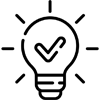 Wrapping Up
Wrapping Up
Giving employees the choice of where to work from, what to work on and when to work is a game-changer in the field of hiring exceptional talent. When companies go that extra mile to accommodate an employee’s needs and comforts, good things follow and this is exactly what we’ve learned in today’s insightful Q&A session with Mariana Mancini.

Are You An Influencer?
Make Your Mark as a Thought Leader
We invite industry influencers to participate in our Q&A panel, offering the audience valuable insight into cutting-edge technology trends, platforms, and more.




